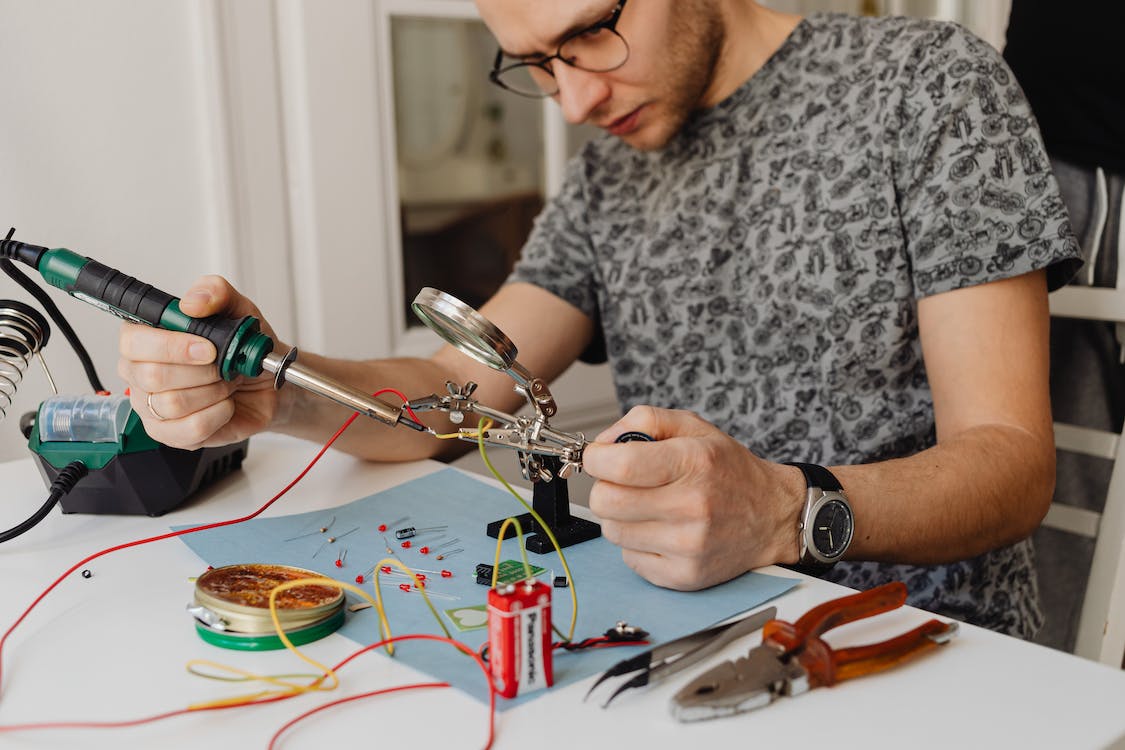Today’s lifestyle and an array of work rely heavily on the power of electricity. Power interruptions—whether scheduled or not—cripple the normal flow of activities in any household or commercial establishment. The services offered by a professional electrician is crucial in enabling people to complete their daily tasks and endeavours.
By taking a quick look at the range of responsibilities listed under an electrician’s job description, one can see just how much technical experience comprises what they can do. These experts serve as the backbone of operations for homes and businesses from detecting and classifying electrical problems to replacing and installing new wiring to applying the necessary repairs needed on faulty electrical devices and connections.
The job of being an electrician entails several interesting information that’s worth sitting around for and learning.
1. Safety is their middle name.
Fixing and replacing electric circuits and wires can be quite complicated—faulty repairs and damaged posts and lines where currents pass through pose life-threatening risks. At the same time, each commercial and residential establishment has specific codes and unique structures that electricians must take into account to ensure their work helps protect people from possible dangers.
2. They are required to undergo years of training/apprenticeship and take a practice test.
While technical and formal courses are instrumental in acquiring a broader knowledge of this particular profession, electricians need to apply this information by undergoing years of training. The training or apprenticeship of electricians would typically take four years. During their training period, they participate in fieldwork that enables them to understand better the importance of distinguishing electrical data, knowing the right tools to use, examining blueprints for different building types, and following the standards for reinforcing safety and protection.
The practise test gauges their preparedness and proficiency in the profession. Once apprentice electricians pass the test, they are qualified to acquire a license.
3. The responsibilities they take on is more all-around and extensive.
Electricians are not confined to maintaining, repairing, and installing wiring and lighting structures. Their role also entails careful analysis and inspection and problem-solving. One mistake can leave a ripple effect of hazards and damages to the entire structure and its inhabitants.
4. Colour identification is crucial.
Electrical wires are distinguished and identified by colour, which is why electricians need to recognise and tell each wire apart based on the hue it bears. At present, there are colour corrective glasses and contact lenses designed to help electricians perform and accomplish their work.
5. Electricians need to wear specific attire.
Like medical frontliners, electricians also need to wear a specific type of personal protective equipment while working. The proper safety attire includes fire-resistant fabric and overalls, such as those made of cotton or nylon, electrical gloves, safety vests, and heavy-duty boots. For the gloves, variants made of rubber provide better protection. The shoes must be resistant to water, and the soles must be made of anti-slip material.
Much respect should be given to every electrician. In the literal sense, they are risking their safety and their lives each time they work on a building or home. They undergo wide-ranging training and preparation to ensure they meet client requirements and deliver excellent service at all times.
Author bio: Helen Harry is a freelance writer and a GOT fan. Apart from writing Technologies, she likes to read & write fiction. More than anything, she loves to spend her time with her family, explaining technologies to the elders.

